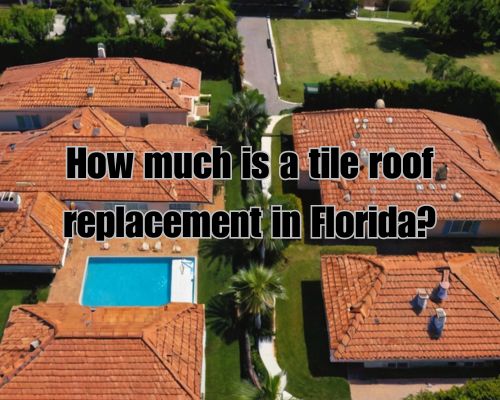How Much Should Gutters Cost in Florida?
A Detailed Pricing Guide
When you’re considering installing gutters in Florida, cost is a crucial factor to weigh. Let us know better with Gutters Of West Palm Beach.

Whether you opt for sectional or seamless gutters, the expenses typically range between $4 to $30 per linear foot. On average, you should expect to pay between $900 to $6,000 for a full installation. The final cost depends on your home’s specific needs and the materials chosen.
Different materials like aluminum, wood, and copper come with varying price tags.
For instance, wood gutters can cost between $20.50 and $33 per linear foot, while copper ranges from $24 to $42. Your choice will influence the durability and appearance of your gutter system, as well as your overall budget.
Additionally, there are added costs for removing old gutters and repairing any damaged fascia or soffits. These can range from $4 to $22 per linear foot. Knowing these figures will help you plan effectively and avoid unexpected expenses.
Understanding Gutter Costs in Florida
Various factors contribute to the cost of gutter installation in Florida, including materials, labor, and additional expenses such as cleaning and replacement costs.
Factors Influencing Gutter Installation Cost
The primary determinants are the size and configuration of your home and the type of gutters you choose.
Larger homes require more linear feet of gutters, increasing the overall expense. Additionally, homes with complex roof designs may require more labor-intensive installations. Environmental factors, like proximity to the ocean, can also affect costs due to potential damage from salt air.
Material Costs for Gutters
Gutter costs vary significantly based on the material.
Aluminum and vinyl are common and generally cost between $4 to $15 per linear foot. Meanwhile, copper gutters, known for their durability and aesthetic appeal, can range from $24 to $42 per linear foot. Steel and wood options are also available but are less common due to higher costs and maintenance needs.
| Material | Cost per Linear Foot |
|---|---|
| Aluminum | $4 – $15 |
| Vinyl | $5 – $12 |
| Steel | $8 – $20 |
| Copper | $24 – $42 |
| Wood | $20.50 – $33 |
Labor Expenses and Additional Costs
Labor costs in Florida can range from $200 to $500 for professional installation, depending on the complexity of the job.
Installing seamless gutters typically requires more expertise and can drive labor costs higher by $3 to $5 per foot.
Additional expenses like gutter cleaning and maintenance should also be considered, as regular upkeep is vital to prevent water damage. Some areas with heavy rainfall may require more frequent cleaning, adding to the overall investment in your gutter system.
Choosing the Right Gutters for Your Home
Selecting the appropriate gutters involves considering various types and styles, materials with their respective lifespans, and making a decision between DIY installation and hiring professionals.
Types and Styles of Gutters
There are multiple types of gutters available, each with unique benefits suitable for different homes.
Common styles include K-style gutters, which have a decorative front resembling crown molding, and half-round gutters, known for their smooth, rounded shape. Meanwhile, Victorian ogee gutters offer an ornate appearance for traditional homes.
Sectional gutters come in pre-cut sections and can be easily installed, while seamless gutters are custom-cut on-site to minimize leaks. Choosing between these types will depend on your home’s roofline and aesthetic preferences.
Gutter Materials and Their Lifespan
The choice of gutter material significantly impacts both durability and cost.
Aluminum gutters are popular due to their affordability and resistance to rust. Meanwhile, steel gutters, including galvanized and stainless steel, offer added durability but at a higher cost.
Copper gutters are valued for their longevity and attractive patina but are among the most expensive. Meanwhile, vinyl gutters are budget-friendly and easy to install, though they may not last as long in harsher climates. Lastly, zinc gutters provide strong durability and low maintenance, ideal for areas with extreme weather.
| Gutter Material | Lifespan |
|---|---|
| Aluminum | 20-30 years |
| Steel | 20-25 years |
| Copper | 50+ years |
| Vinyl | 10-20 years |
| Zinc | 30-50 years |
Installation Options: DIY vs. Professional
Installing new gutters can be a DIY project or done by professional installers.
DIY gutter installation allows for cost savings. It can be suitable for straightforward installations on single-story homes. However, it requires careful measurement and proper securing to avoid future issues like leaks or sagging.
Professional installers like in Gutters Of West Palm Beach, bring expertise, ensuring proper alignment and function. This is particularly important for complex rooflines or multi-story homes. They can also install gutter guards to reduce maintenance needs. Balancing cost against potential long-term performance is crucial when deciding how to install your gutters.










